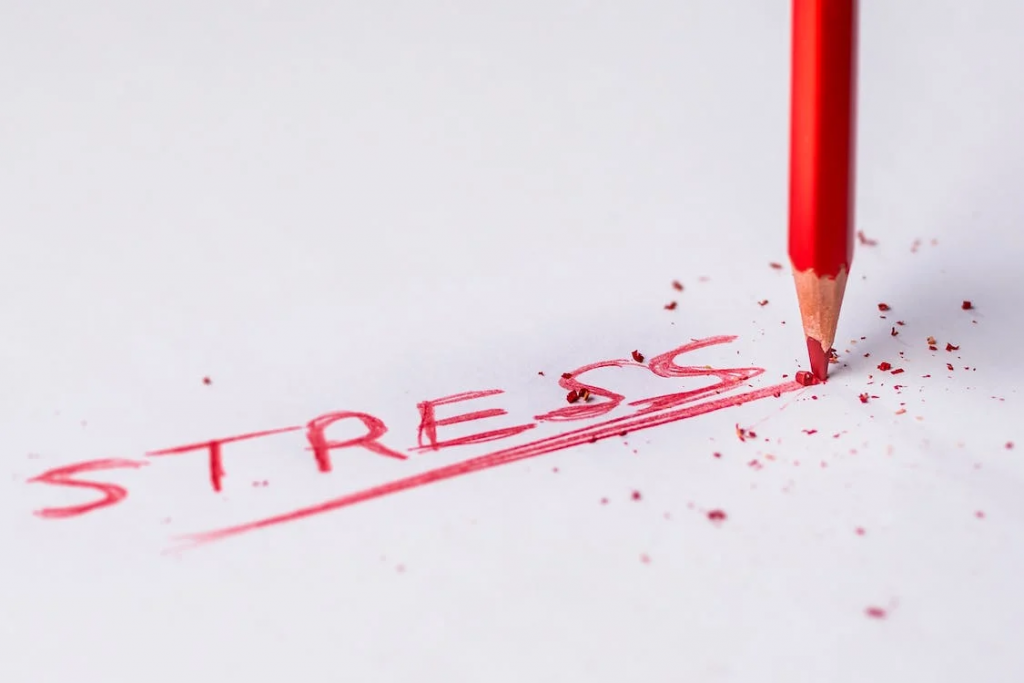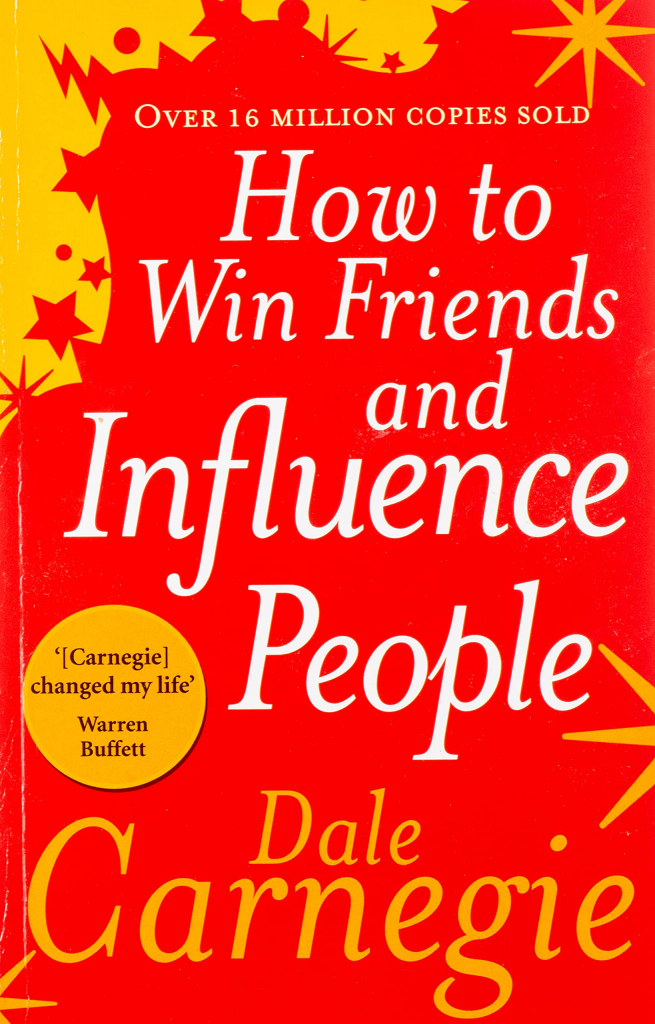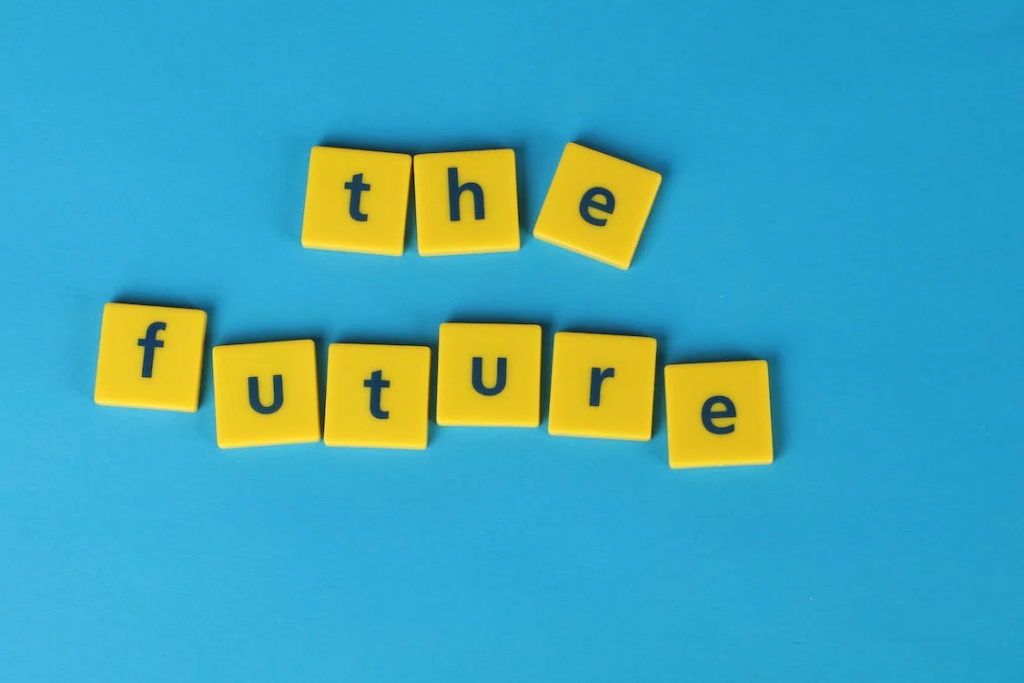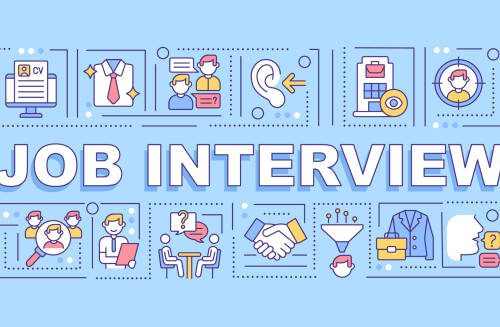
Job Interviews: Selling Yourself For A Pay Cheque
Job interviews, torturous overly stressful conversations. Conversations which have a massive impact on your future. They are sales pitches where the product you’re trying to sell is yourself (Muir, 2005). However, in their most basic form, they are a conversation with another person who is looking for someone to join their team and work alongside them. This is a perspective which has helped me in my interviews in the past and again helped in this simulated interview. While you must present yourself as capable of all the duties required of the position you must also connect with the interviewer and present yourself as someone, they can see themselves/others working with. This is the mindset I went in with when we conducted our simulated interviews; test interviews that allowed us to practice and reflect upon our interview skills. Throughout this Blog post I will use Gibbs Reflective Cycle to break down the simulated interview session and present my learnings from it.

Expectation vs Reality (Description)
Having had several interviews previously I wasn’t as nervous as a younger me would’ve been. The interviews were also conducted by/with our peers and as such, weren’t as nerve racking as real interviews. Our group of five would rotate so that there was an interview panel of four with one interviewee. Feeling the usual nerves my aim was to have a positive interview and come away from the experience having learnt new tips and ideas on how to present and conduct myself in future interviews.
The Pre-Interview Nerves (Feelings)

I experienced nerves throughout the interview process especially given the fact there was a panel of four interviewers. These nerves mainly hit before and after, whenever the process was completely out of my control. However, throughout the interview my nerves were still present; they died down as the interview went on and I became more comfortable. Although, at one point I misinterpreted a question which led to a moment of embarrassment which spiked my nerves. By reading the panels confused expressions I was able to realise this and apologised before asking for the question to be repeated where I then provided a sufficient answer.
The Post Interview Stress (Evaluation)
Muir Argues that:
“applicants who focused more on being pleasant, agreeable, and offering compliments to interviewers were deemed better fits to their prospective jobs (and were hired at a higher rate) than applicants who focused more on their credentials for the job”
(Muir, 2005)
As such I felt the simulated interview would be an ideal situation to practice some of Dale Carnegies (2006) teachings. Primarily the following four:
- Begin in a friendly way
- Smile
- Remember that a person’s name is to that person the sweetest and most important sound in any language
- If you are wrong, admit it quickly and emphatically

Like the rest of my group, I shook hands with each member of the panel prior to sitting down. This began the interview in a friendly way by interacting with each member of the panel individually. However, as someone who’s resting/natural face is very stern it was imperative that I put some effort into smiling as there are numerous studies on ‘mirror neurons’ (Spector, 2018) which highlight the effect a genuine smile has on others. That being said I didn’t force a smile throughout, rather at natural cues. Furthermore, I was commended in our peer analysis on my use of humour which “reflected confidence”. This use of humour I feel allowed everyone in the group especially myself to relax and feel more comfortable for the rest of the interview. When it comes to the use of individuals names, much like the humour and smiling I did it at natural points in the conversation. For example, one of my responses to a question started with: “similar to ‘John’s’ question earlier…”. Doing this allowed me to show the panel that I was engaged in the interview. However, that is not to say all I did was try to create interpersonal relationships with the interviewers.
Close States:
“The interview is designed to assess your knowledge. Knowledge is essential”
(Close, 2000)
As such I went into the interview having gathered as much knowledge on the company and role as possible. Having done this research, I was able to tailor my responses to present myself as (hopefully) the ideal candidate. Rather than pouring out my knowledge of the business in one initial statement I did so at relevant points throughout. Having a firm understanding on the role and all it entailed also allowed me to feel more confident going into the interview. This alongside questions I asked at the end of the interview relating to the role and the company about topics not listed in the job add (Hayden, 2000) led to positive feedback in my peer review.
“Knew the role well and applied this well to answers”
Feedback from peer review
What I’ve Learnt and The Future (Conclusion/Action)

I feel that the interview went well, and the peer feedback reflects that. However, there is still lots to improve upon. The primary point moving forward being my ability to think on a question before answering it. I found that I often jumped the gun on questions which is what led to me misunderstanding one. Giving myself a few seconds to repeat the question in my head and think on it would have given me the ability to answer the question as intended. Furthermore, I feel I could have benefited from studying and utilising the STAR technique.
While my peer feedback states I used it effectively I must admit I wasn’t doing so intentionally. I feel at times my responses could have been better had I consciously thought of using the technique. The final thing which was flagged up in the peer review was fidgeting while sitting in the chair. When I get nervous, like most people, I tend to fidget and if I’m in a chair, I won’t want to sit still and will constantly change sitting position which is incredibly distracting to the other party. Although I was praised for my positive body language moving forward I must address these fidgeting issues and do my upmost to correct them. However, from reading the peer feedback there were more positive points then negative and with the exception of the fidgeting the negative points are relatively easy to fix. Ultimately, I found the simulated interview has given me a lot to think about when it comes to interviewing in the future and I would consider them a worthwhile exercise for those about to enter the professional world.
Bibliography
Carnegie, D. (2006). How to win friends and influence people. Vermilion, 28. (Original work published 1936)
EPM. (2022). STAR Interview Method Explained. [Online] Available at: https://www.youtube.com/watch?v=dWK26jZgsM8 [accessed 18 Feb. 2023]
Hayden, J., & Kumpf, P. (2000). Marketing Yourself, Part 3: The Interview. Health Promotion Practice, 1(4), 314–318.
Heath, P., Burke, S. H., & Close, B. (2000). Middle Talk: Planning for the Job Interview. The English Journal, 89(5), 143–146.
Muir, C. (2005). Managing the Initial Job Interview: Smile, Schmooze, and Get Hired? The Academy of Management Executive (1993-2005), 19(1), 156–158.
Spector, N. (2018). Smiling can trick your brain into happiness — and boost your health. NBC News; NBC News. [Online] Available at: https://www.nbcnews.com/better/health/smiling-can-trick-your-brain-happiness-boost-your-health-ncna822591 [Accessed 19 Feb. 2023]
The University of Edinburgh (2020). Gibbs’ Reflective Cycle. The University of Edinburgh. [online] Available at: https://www.ed.ac.uk/reflection/reflectors-toolkit/reflecting-on-experience/gibbs-reflective-cycle [Accessed 18 Feb. 2023].
You May Also Like

Interview a New You! – Becoming an Interview Guru
24 February 2023
BE A S.T.A.R 🌟
14 February 2023
